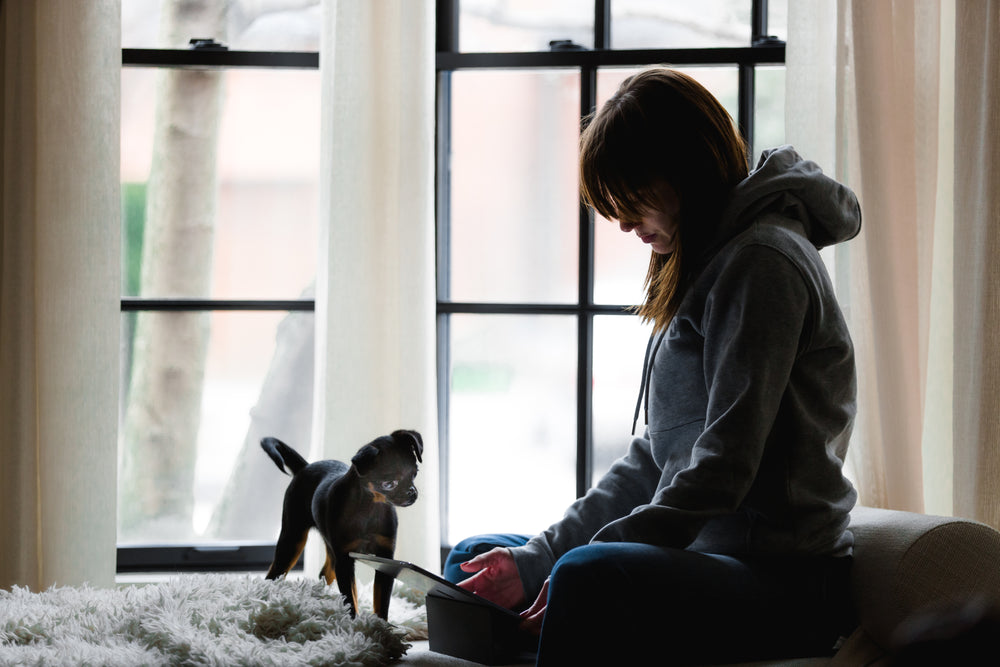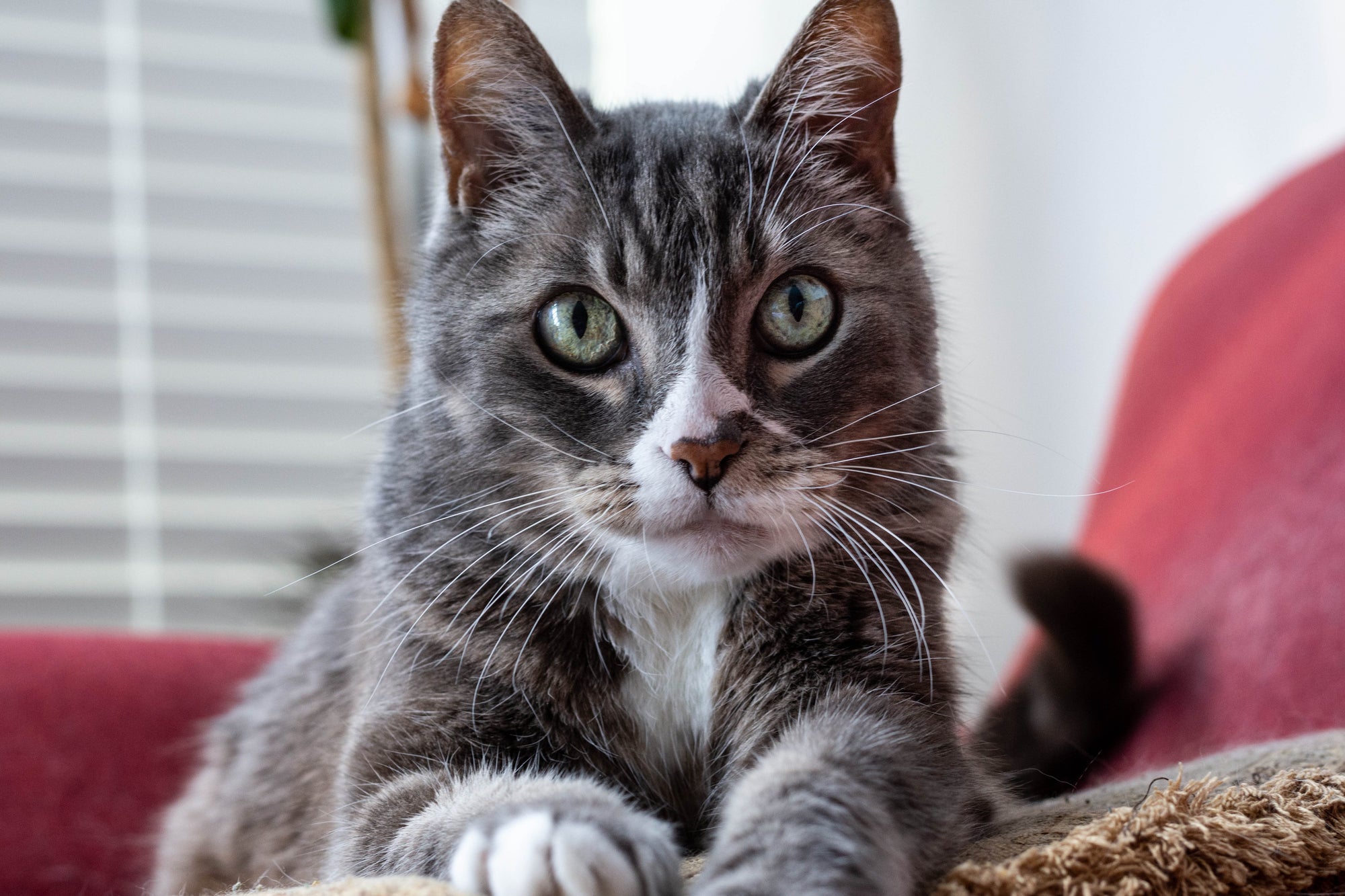As we enjoy the last weeks of summer (and hope we get at least some kind of Indian summer!), many of us will find that motivating ourselves to get out and about to take some exercise and to walk our dogs is increasingly less easy. There is also at least anecdotal evidence that domestic cats mimic the behaviour of their wild cousins in exhibiting higher activity levels in spring and summer vs autumn and winter1.

At the same time, research has found that cats’ food intake increases in September and again in October, having been at its lowest between June & August, persisting until spring with a 15% difference between peak consumption in December and the low point in July2.
This combination of lower activity levels and higher calorie consumption can create the risk of your pet gaining weight, owing to the disparity between energy intake and requirement. Many of us are familiar with gaining the odd kilo over winter, as the increase in gym subscriptions and park runners in January demonstrates! However, for cats or dogs with ideal weights either 15-20x or 2-10x less than their human companions this small increase in weight is proportionally more concerning.
Excess body fat is more than a cosmetic concern - recent studies have demonstrated that fat is in fact the largest endocrine organ in the body, which means that certain hormone levels are noticeably different in overweight animals. These hormones (and similar chemicals secreted from fat cells) can impact appetite control (reduced in obese pets) and control of blood sugar among other health risks including cancer, arthritis and heart problems3. A worrying thought is that an obese pet is one which is effectively in a permanent inflammatory state, and which can have life expectancy 2 years shorter than one at ideal weight.
We believe that the most effective way of getting rid of pet obesity is avoiding it in the first place. How? The absolute priority is making sure that calories burned balance with calories consumed. This entails keeping your pet active, be it donning the waterproofs and chunky boots to walk your dog, or finding ways to keep your cat active such as playing with toys or light pens. The best part of both these solutions is that they can be fun and good for you too (yes even those muddy winter walks)! The other key is to make sure you’re feeding them enough to meet their needs but no more, and that has to take into account any treats or tidbits as well as what’s in their bowl (hopefully something from whole)! As an example, our Treats are typically between 3-5 kCal each so it’s worth feeding 2-3g less regular kibble per Treat given. Best practice is weighing the food, this can be made easier by weighing a plastic cup and marking the amount of kibble needed per meal. Ideally dogs should be fed controlled portions, many cats will self-regulate but in some cases will also need the same approach. If you have previously fed a lower quality diet, be prepared for the lower feeding amount of our diets meaning less kibble in the bowl, if this feels like they’re not getting enough try a smaller bowl as seeing a full bowl tends to make it easier to control what they eat!

Our products are designed to offer a good amount of high quality protein which provides satiety (fullness) as well as helping develop lean muscle mass (which consumes calories more readily than most other tissues). The balanced levels of fibre also help achieve this, but in some cases pets which love the taste of their food may struggle to self-limit their consumption, and some breeds such as Labradors can lack a gene which controls their appetite4. However, even our Light and Senior diets are designed for maintaining healthy weight rather than shedding excess pounds. If you are concerned about your pet’s weight - ideal weight pets have a defined waist and their ribs should be easy to feel when you run a hand along their chest, the best plan is to consult your veterinary practice where the vets and nurses are experts in recommending the right course of action. This may involve a special diet, at least until they’re back to ideal weight, at which point it can be possible to reintroduce a regular diet albeit with careful portion control.
If you'd like to know more, or have any questions about the best feeding plan for your pet, feel free to talk to our in house expert Dan via hello@wholepetfood.co.uk
Dan, September 2021
References:
- https://thedailycat.com/cat_behavior_change_seasons
- https://www.petmd.com/blogs/thedailyvet/ktudor/2012/june/seasons_affect_your_pets_appetite-23895
- https://www.bva.co.uk/news-and-blog/news-article/pet-obesity-epidemic-is-top-welfare-concern-for-vets/
- https://www.cam.ac.uk/research/news/genetic-variant-may-help-explain-why-labradors-are-prone-to-obesity




